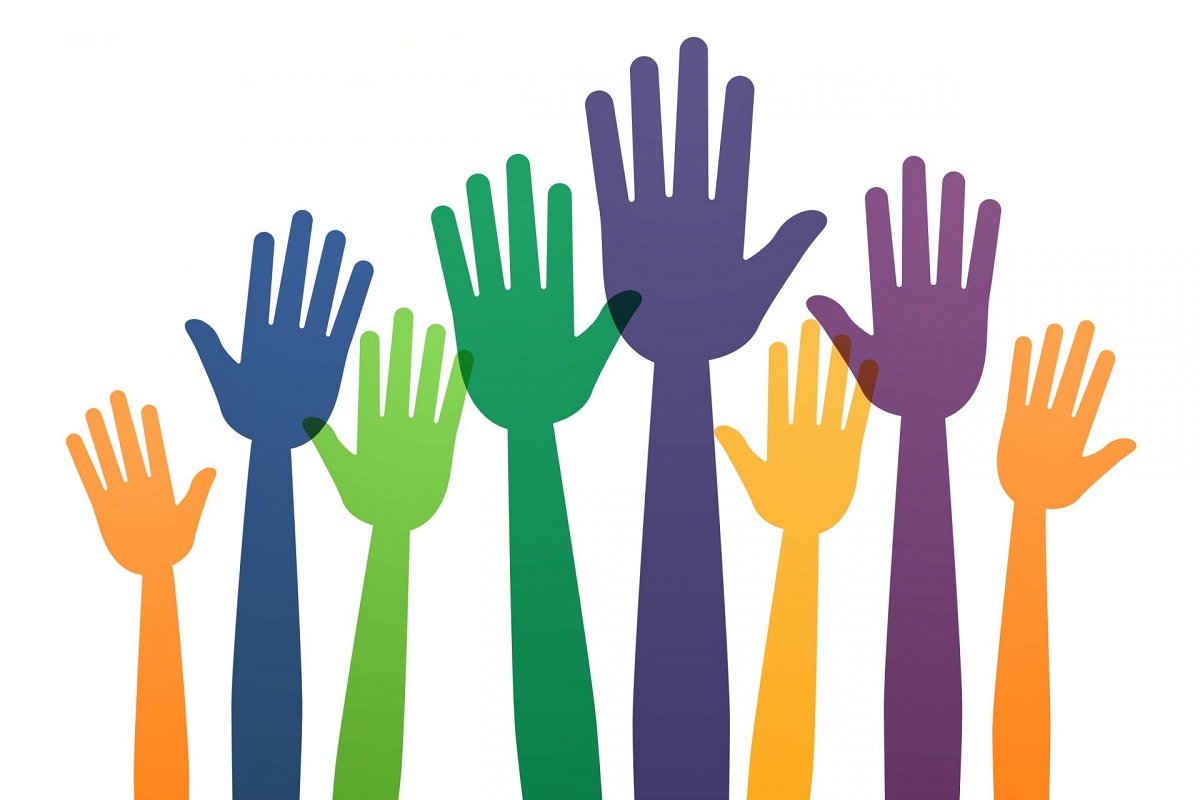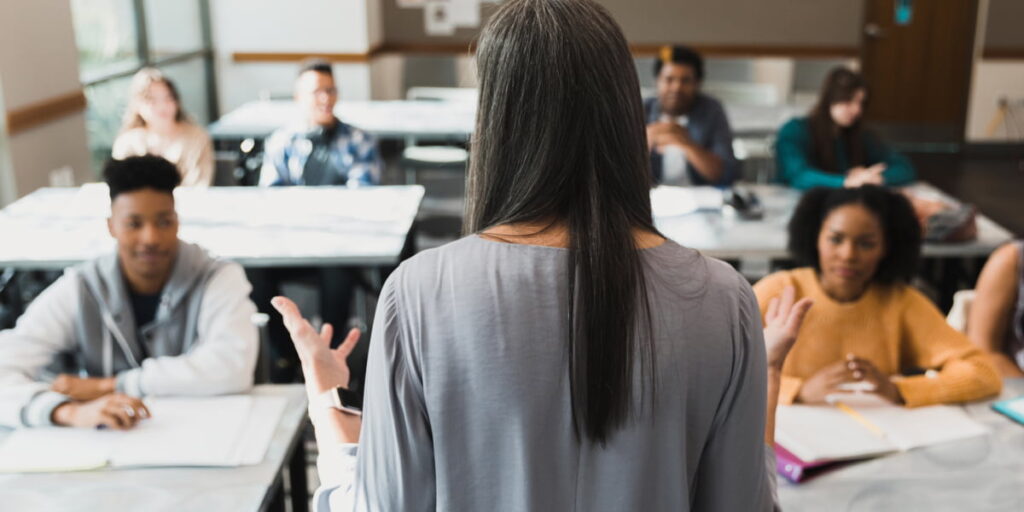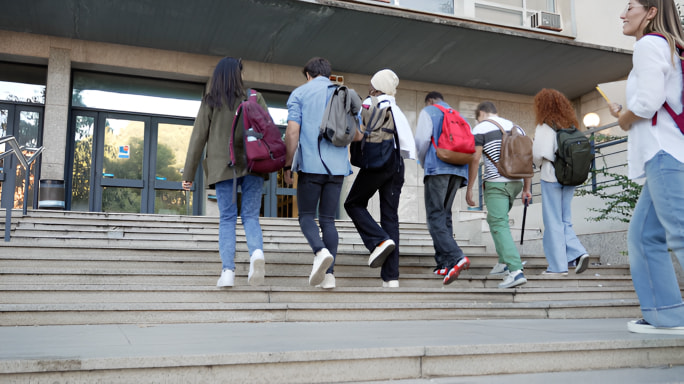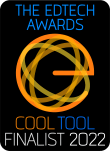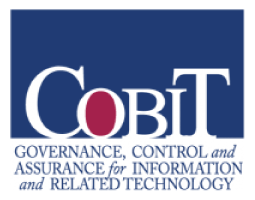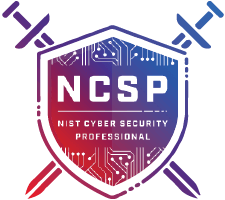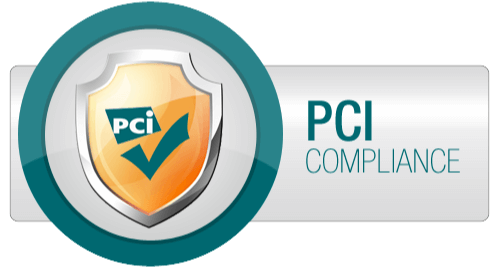The issue and importance of equality has been a common fixture in the American vernacular for the past sixty plus years. As a whole, working towards equality for all people, regardless of unalterable characteristics, is a valid and worthy pursuit. For special education, however, equality falls short of what is needed and desired for children with disabilities – both legally and morally. As a community of people passionate about serving these children, we need to move from a paradigm focused on equality and one that works toward equity.
Why Equity? Why Now?
People often confuse the two terms as synonyms, when in fact they are both quite different things with very different intended outcomes. Both equality and equity aim to ensure basic fairness. With equality, the end goal is simple fairness – everyone has the same starting point and is treated exactly the same. With equity, however, the presumption is that not all people begin from the same place – so each person is given what they need to be successful, based on their unique abilities and needs.
It makes sense that equality would have been the focus over the past four decades given the Supreme Court’s establishment of the Rowley standard of 1982, which enshrined the term ‘de minimis’ education in reference to what was required from school districts serving students with disabilities. In Rowley the Court ruled that the law’s intent was not to enable students with disabilities to achieve their full potentials, but rather to give them equal and sufficient access to a free and appropriate public education (FAPE).
Ever since this decision, too many schools simply complied with paperwork requirements and provided cookie-cutter services which were anything but truly individualized. The presence alone of a disability did not mandate special education services.
However, the very nature of special education is that no child is starting from the same place. With the Supreme Court’s unanimous 8-0, Endrew F. decision (2017) on the books and a new standard established which requires schools to demonstrate ‘meaningful progress’ and ‘appropriately ambitious’ goals for students with disabilities, it is time we move from focusing on equality to truly one of ensuring equity.
Here are eight tips schools can put into place to ensure equity is a driving force and desired outcome for all children receiving special education services.
Tip 1: Principal Leadership
Principals must take an active role in the individualized education program (IEP) process, and a leadership role within the school relative to special education. The principal is one of the key culture determinants in the school environment and can communicate volumes to the school community by demonstrating an active interest in special education. Principals play an enormous role in the authorization of resources and supports in the public school environment and need to exercise their full authority to ensure every child receives every resource necessary to truly be successful and grow.
Although IEP meetings are comprised of many members, the principal always retains a special role of significance and has a unique ability to impact the education of each child in the building. A principal can move a school from equality to equity by ensuring the proper resources and services are available for each child.
Tip 2: Develop Truly Individualized and Quality IEP’s
The IEP is the heart of the special education enterprise and ensures the legal and educational rights of every child. Educators must put into the development of each child’s IEP quality:
- time
- thought
- care
The quality of the IEP document is in direct correlation to the quality of the education and services being provided to a child. For reasons of convenience and efficiency, some schools condone the copy and pasting of content, services, and goals from one IEP to the next. This approach not only violates the law, but significantly reduces the quality of the final product.
Remember, the present level of academic achievement (PLAAFP) must drive the IEP and be aligned to the goals. At a minimum, ensuring the PLAAFP and the goals are aligned will go a long way to ensuring a quality program. Without a strong, personalized IEP that is uniquely crafted for a child based on her needs, it is extremely difficult to ever truly create educational equity.
Tip 3: Use Online and Blended Learning Options
Regardless of disability or setting, if a child has significant academic deficits, personalized learning can and will help. Whether before school, during an intervention period, during small group instruction, or in an after-school tutorial, all students with deficits can benefit greatly from truly personalized learning with diagnostic assessment elements. In order to catch up with their own-age peers, students with disabilities often need more supports and intervention approaches.
We need to move beyond only considering the curriculum provided as one-size-fits all, and begin to customize and extend learning for those that truly need it. One way to achieve this is by taking advantage of the growth of educational technologies that enable us to provide truly personalized learning supports.
Tip 4: Let Data Drive Instruction and Intervention
The heart of special education is rooted in the cyclical process of:
- assess
- intervene
- instruct
- re-assess
If we are to truly provide children with equity in education, we must engage in best practices that are…
- proactive
- high-leverage
- research-based
…and avoid reactionary, ‘de minimis’ practices that fall short of maximizing a child’s true learning capacity.
Today there is certainly no lack of data available to assist us in this endeavor. The boom in the EdTech industry has created solutions that allow schools to garner copious amounts of student data. This data can be used for:
- tracking academic or behavioral performance
- evaluating the effectiveness of interventions
- making adjustments to instruction
- differentiating instruction based on individual needs
These diagnostic learning tools empower schools to make data-driven instructional decisions.
Tip 5: Thorough and Individualized Lesson Planning
Lesson planning is no fun – but every great teacher does it – and does it well. Preparation is the key to success in special education and it is imperative that the teacher plans individualized instruction for each child whether it’s a:
- resource
- inclusion
- functional skills classroom
All too often we provide a one-size-fits-all lesson – even within special education. We need to remember our instructional cycle and apply it individually and with great forethought. Ensuring equal access and equality of instruction that teaches one learning objective to the whole is meeting the bottom floor of expectation. Truly pouring over instructional data, planning creative activities, differentiating instruction based on need and performance, providing formative re-direction and scaffolding, and enthusiastically engaging each child in the learning process is a major component of providing educational equity.
Tip 6: Establish High Standards for Each Child
Just because a child has a disability doesn’t mean they can’t be pushed or reach great achievements. All too often, we candle or pacify students when they begin to struggle. It is okay for a child with a disability to struggle and work their way through a problem. Children normally rise only as high as we ask.
Although this sounds like a soft recommendation, there is plenty of hard science in education that underscores the importance of high expectations and teaching children to have a growth mindset. A part of ensuring equity, is ensuring a positive belief in oneself and one’s abilities. We must go beyond just academic instruction and consider the whole child. For a child to truly receive educational equity, she must understand she is capable and worthy of high achievement.
Tip 7: Motivation and Enthusiasm
One cannot over-emphasize the power of enthusiasm and positive thinking with children. All students thrive with positive feedback and encouraging words. No matter how difficult a child or situation may be or become, stay positive and enthusiastic. The power of positivity has no limitations in the special education world.
Re-set yourself every morning and come into the school and classroom with an outwardly positive and enthusiastic demeanor. So often, we focus myopically on the academic needs of children with disabilities. The education of the whole child demands that we help to inspire and motivate children to:
- live
- learn
- achieve at their maximum capacity
Conclusion
Moving a field from a mindset of equality toward one of true equity is not easy, nor will it happen overnight. That said, significant strides forward can be achieved by following some or all of the tips I outlined above.
We are truly at a turning point in the history of special education. The Endrew F. decision serves as a line of demarcation and a determining factor as we move forward.
It is time for all educators to move away from terms such as…
- ‘de minimis’ education
- compliance
- equality
…and towards a present and future that includes the vernacular of:
- maximization
- personalization
- equity
No field in the child services industry has ever been more successful at advocating for and achieving change than special education. In the 1970’s the field of special education came together as one to enact one of the largest and most impactful legislative changes for children in the history of America – the creation of the Individuals with Disabilities Education Act. Today, it is once again time for change. The gauntlet has been thrown down, and it is time for the field of special education to collectively step forward.
Learn more out about our comprehensive, evidence-based solutions for Special Education.
